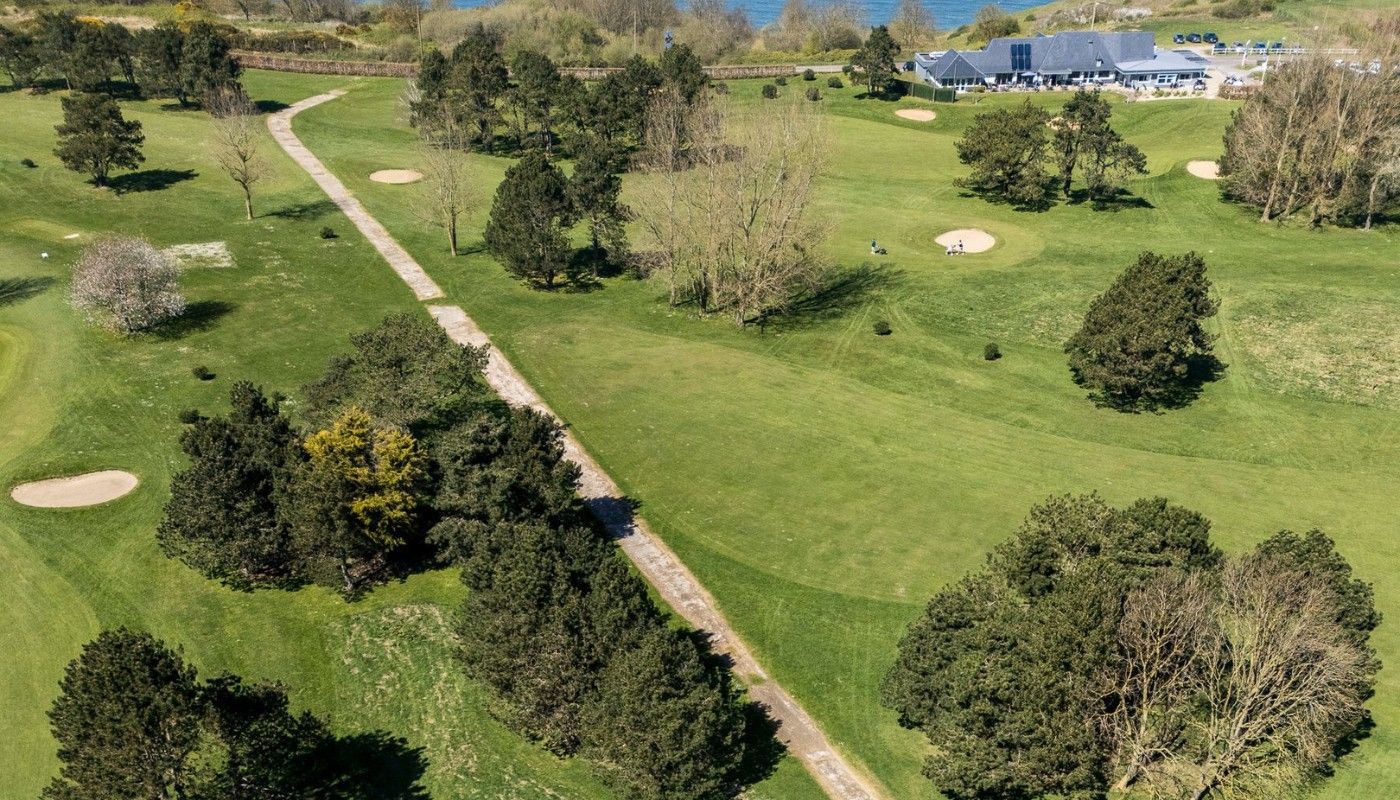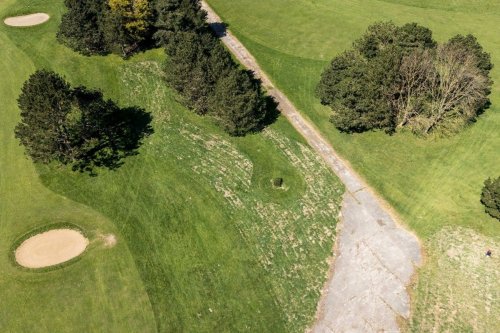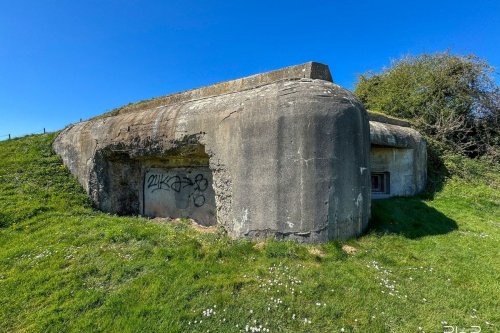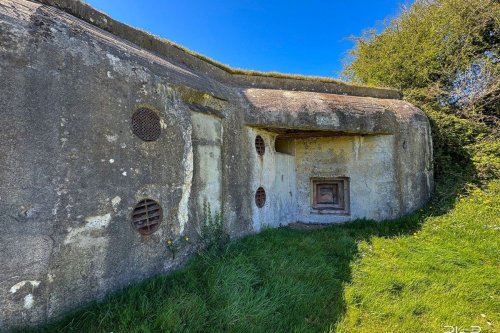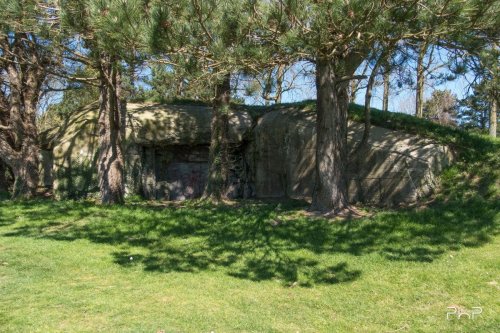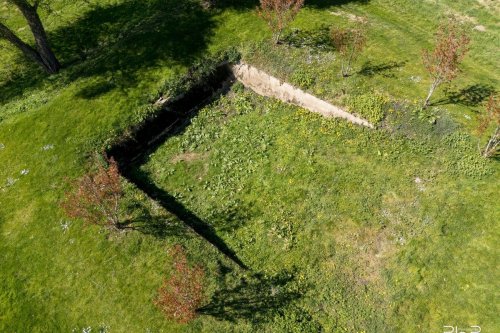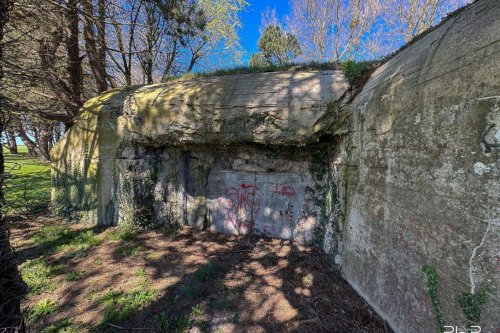The bunkers of the Dieppe-Pourville Golf Course: history and remnants of the Atlantic Wall
Located on the heights of the Côte d’Albâtre (Alabaster Coast), the Dieppe-Pourville Golf Course is home to unique remains of the Atlantic Wall. Amid bunkers, blockhouses, and radar stations, this peaceful site preserves visible traces of World War II, often overlooked by visitors.
Explore the fascinating history of these German military constructions still present along the course.
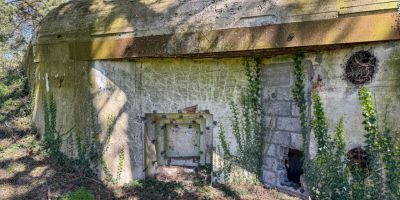
The Atlantic Wall visible in Dieppe: a forgotten heritage
While visiting the Côte d’Albâtre (Alabaster Coast), it’s hard not to notice the German fortifications scattered along the cliffs. Built at the edges of roads, toppled onto beaches, or sometimes semi-buried in gardens, these remnants tell a vivid story.
The Dieppe-Pourville Golf Course is home to several impressive remains of this massive defensive line constructed by Nazi Germany between 1942 and 1944.
The Atlantic Wall stretched over 5,000 kilometers along the coasts of the North Sea and the Atlantic Ocean, from Norway to the French-Spanish border, aiming to thwart any Allied landings.
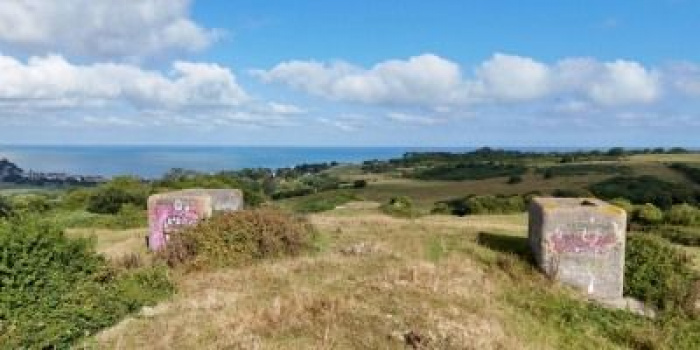
A strategic radar base at the heart of the Dieppe Golf Course
Starting in 1941, the Todt organization employed over 1,500 workers in this area to develop a cutting-edge radar station. The goal was to achieve air supremacy and neutralize the threat posed by the RAF (Operation Seelöwe). Two "Freya" radars were installed atop the cliffs to monitor the airspace. On August 19, 1942, during the Dieppe Raid, a mission specifically targeted this strategic site. Subsequently, the site was reinforced, and a "Mammut FuMO 51" radar was added, featuring a 10 x 30-meter antenna with a range of 300 kilometers, mounted on an L485 bunker.
The site also included an "Anton" command post, classified as type L479, connected to Würzburg-Riese radars and a network of protective bunkers. Its role was to track squadron movements on "Seeburg" illuminated tables, alert fighter planes and anti-aircraft artillery (Flak), and intercept Allied aircraft crossing the Channel. During the war, up to 600 personnel (soldiers and operators) were stationed in this area.
Although the radars have vanished, the bunkers remain to this day.
The blockhouses still visible on the course
Among the German fortifications still standing today at the Dieppe-Pourville Golf Course, golfers encounter these different structures along their path...
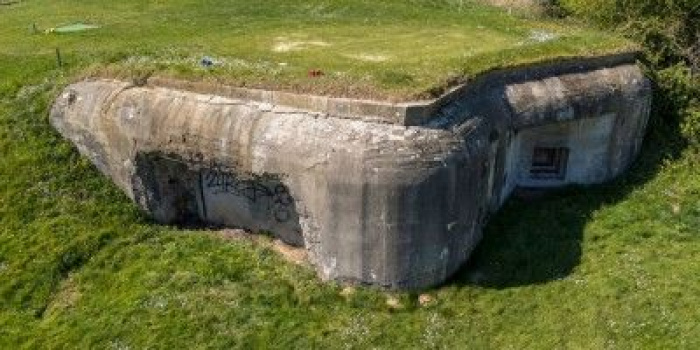
R630 machine-gun bunkers (holes 6 and 7)
Two R630-type bunkers are still visible today. Designed to defend the "Würzburg-Riese" radar against an Allied offensive, these bunkers were constructed with reinforced concrete walls two meters thick to withstand bombardments and gas attacks. They were strategically positioned with machine-gun orientations, creating impenetrable barriers for potential Allied commandos.
Often buried, covered with earth, camouflaged, and integrated into the natural terrain, these bunkers were made difficult to spot.
You can't miss these two bunkers when practicing your swing at hole 6 (you're right above one of them) or progressing to hole 7. However, their access is now sealed.
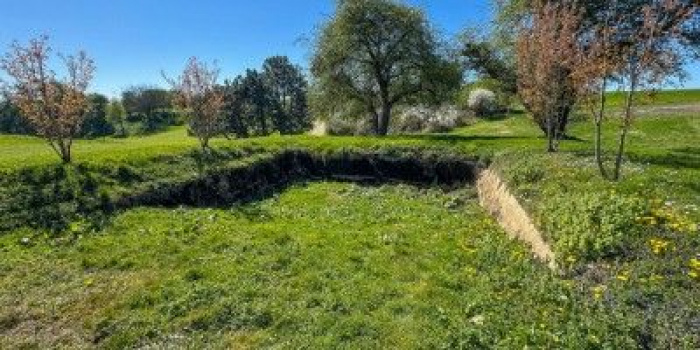
Water tank (Hole 6)
Used to supply concrete mixers, this concrete tank is still visible today. It features two terracotta drainage pipes.

Concrete paths
Fairly wide concrete paths can still be observed, cutting through holes 3, 8, and 16, as well as running alongside holes 1, 9, and 18. These paths were originally used for the logistics of construction and military vehicles.
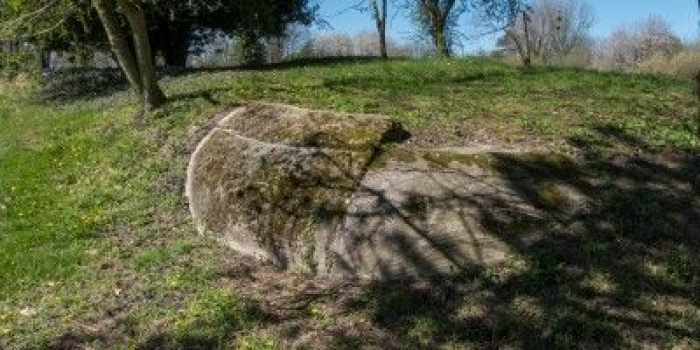
Observation bunker R634 (hole 12)
Located on a high vantage point, this bunker provided observation capabilities and shelter for nine men. It featured a steel dome with six embrasures.
R660 bunker (between holes 1, 3, 10, and 14)
This R660-type bunker likely served as a battery charger for the radar systems. Today, it is covered by an earthen mound.
Other structures that once existed around the Golf Course were relocated, covered, or destroyed to make way for the construction of new homes.

Blockhaus or Bunker? Where does this confusion come from?
The German word “bunker” refers to concrete structures.
The term “blockhaus,” used in France, is thought to originate from the First World War: the Germans invited French prisoners to join wooden shelters with the expression "kommt Block-haus!" (log house), a term that remained in French usage to designate these fortifications.
Photo Gallery
| TO LEARN MORE |
|---|
|
Contact the Bunker Archéo Dieppe association to deepen your visit:
|
Click here for more information about the history of the Golf or the Normandy landings.


